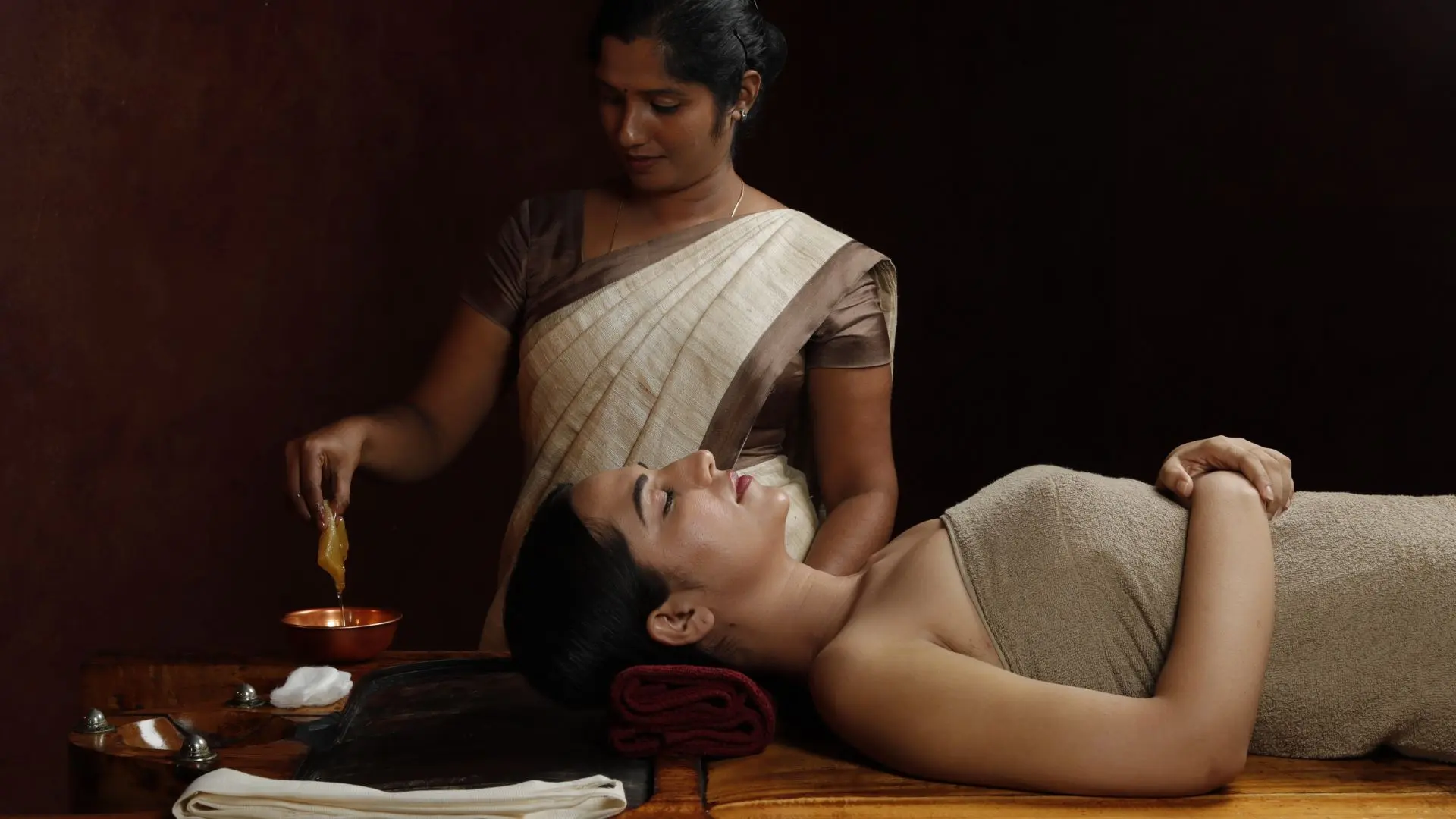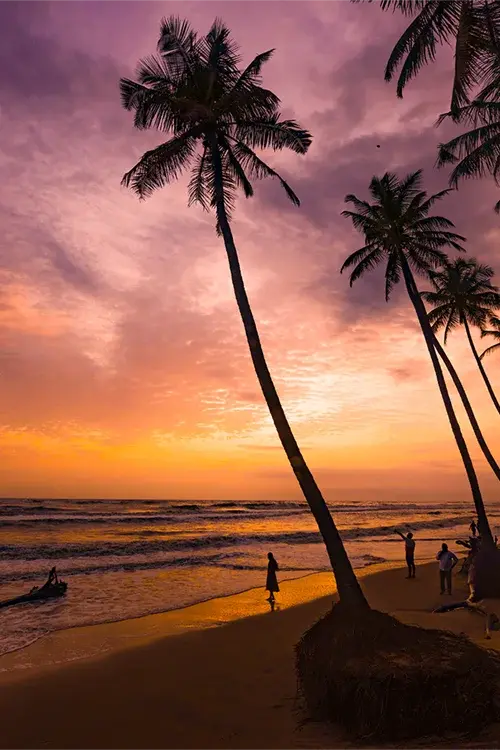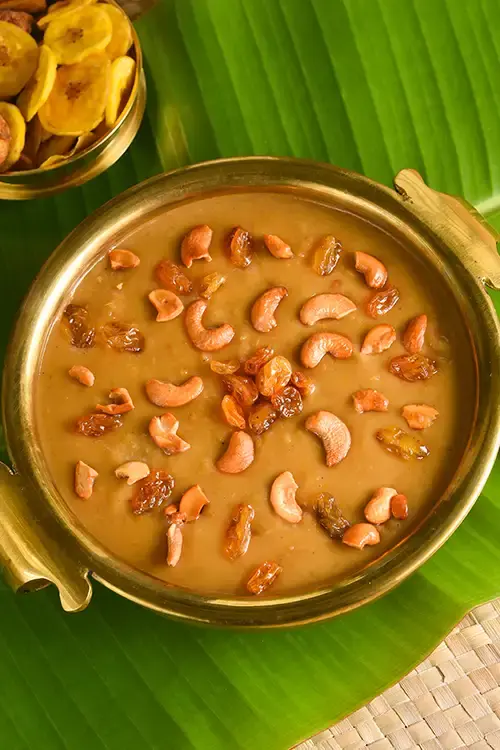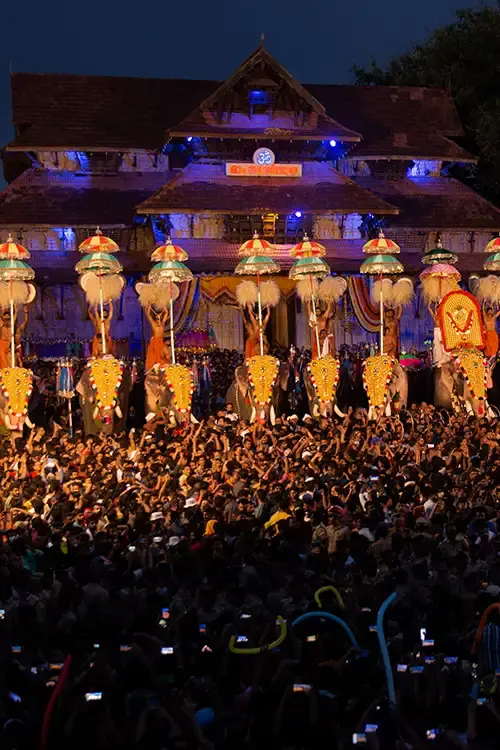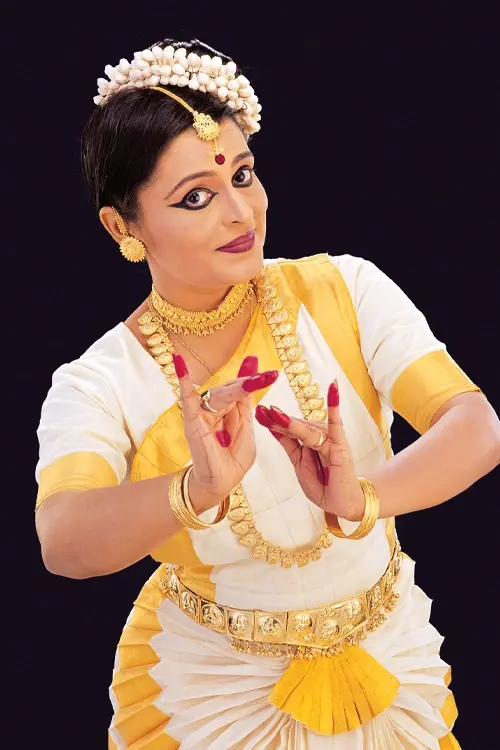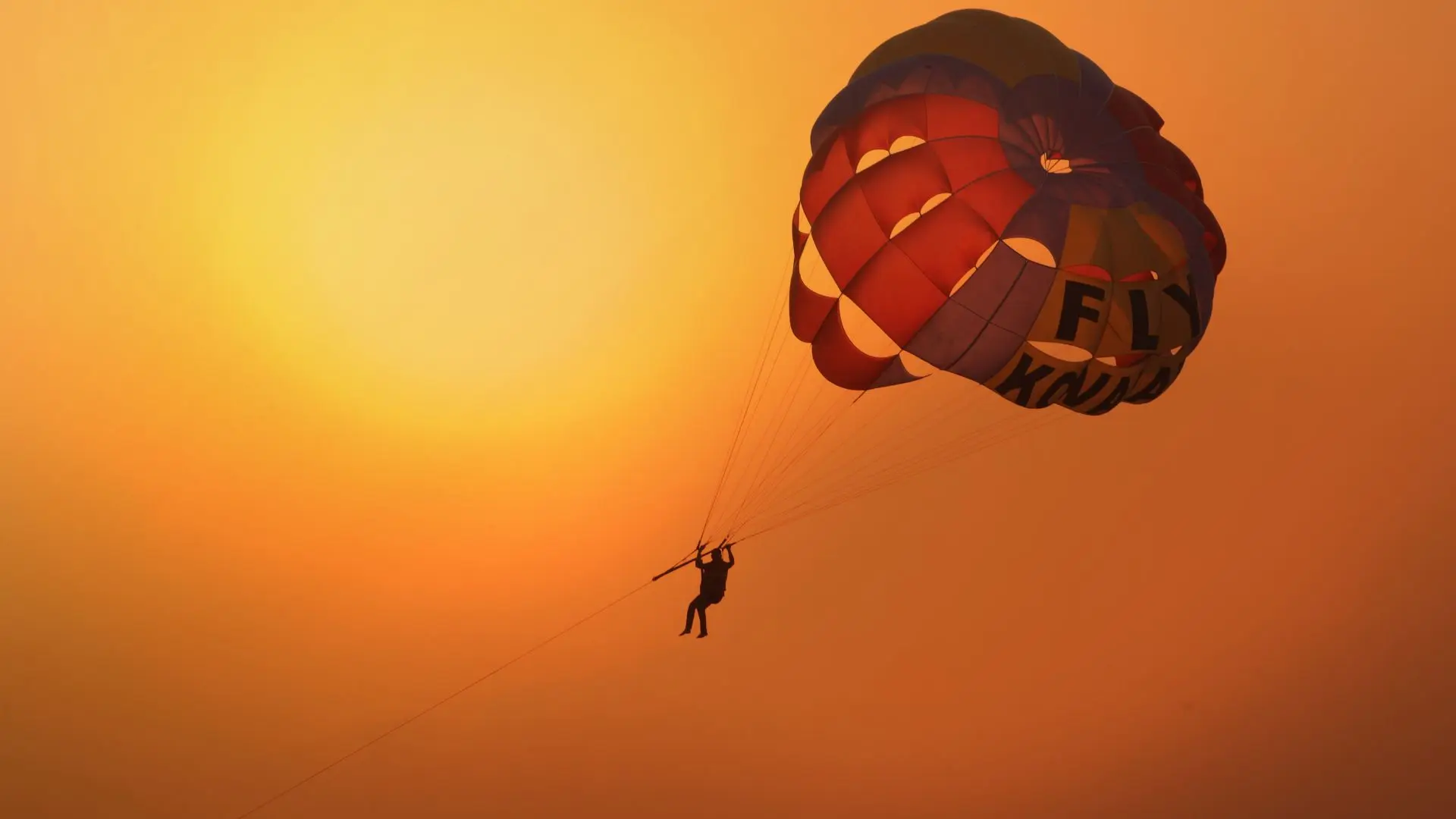FAQ
Is Buta Kola or Bhoota Kola dance, seen in movie 'Kanthara,' performed in Northern Kerala?
Bhoota Kola is a ritualistic art form practised in the Dakshina Kannada and Udupi districts of Karnataka and in the northern parts of Kasaragod district in Kerala. The term is derived from the Kannada words buddha, meaning ‘spirit’ or ‘deity,’ and kola, meaning ‘play’. This sacred ritual serves as an oracle where devotees pray for good fortune, and seek relief from hardships. Deeply rooted in the animistic beliefs of the Tuluva community, it is a way to invoke the spirits of Nature, with the right to perform the ritual held by the Nalike, Parava and other tribal communities. The incantations during the performance are in the Tulu language.
The ritual, also called nema or kola, features a dramatic and energetic dance accompanied by drums and other traditional music. The performer, in an elaborate costume and makeup, enters a trance-like state, believed to embody the deity. Revered as a manifestation of divinity, the performer provides guidance and blessings to the community. These performances typically start at night and continue into the early morning, creating an atmosphere of intense spirituality.
Bhoota Kola closely resembles the Theyyam ritual of northern Kerala in terms of its tribal origins, attire, makeup and dance movements. Both traditions reflect a deep connection between the human and divine, offering a glimpse into the rich cultural heritage of the region.
